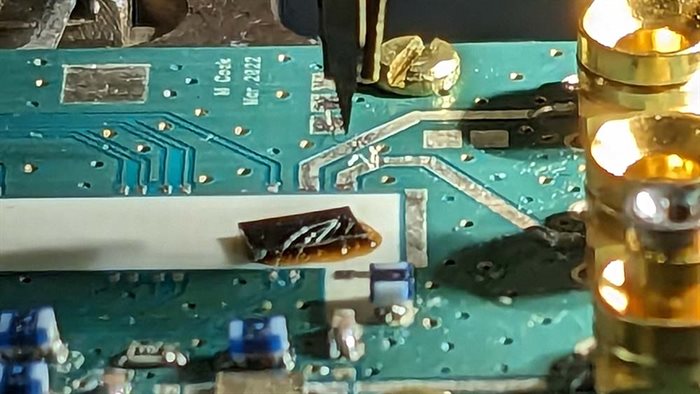We are also exploring the fabrication and measurement of samples exfoliated down to be only a few atomic layers thick. How a bilayer or even a monolayer of a 2D magnetic material will be affected by applying pressure tuning is an unanswered question.
We can also stack up combinations of different 2D materials to form multifunctional heterostructures – for instance building an artificial multiferroic from separate magnetic and ferroelectric layers – and study their properties. We are working with electrical engineering groups and industry partners to explore exciting new technological applications for the new materials and phases we discover.

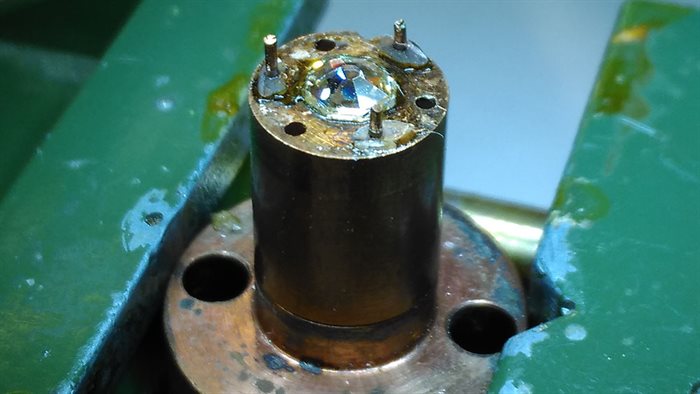
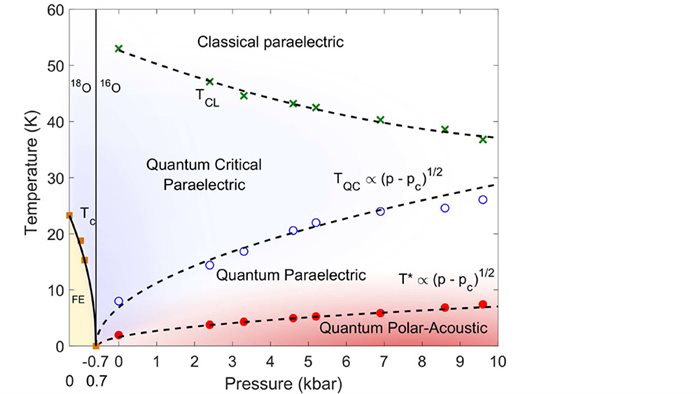
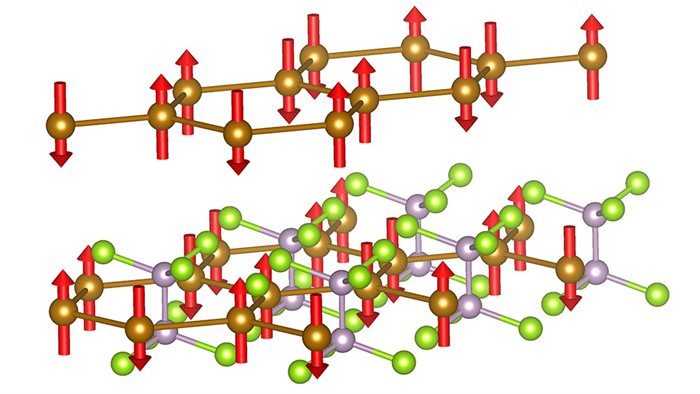
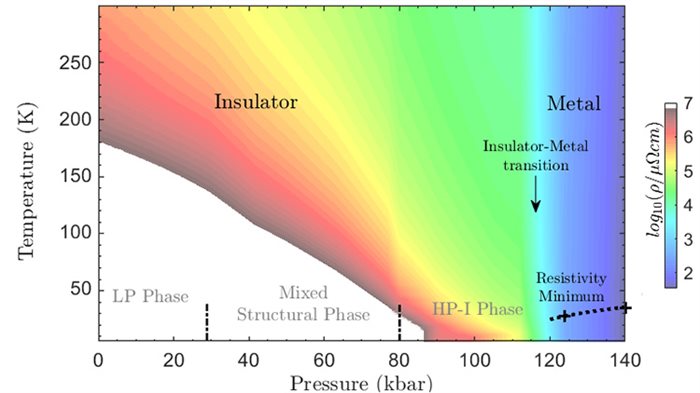 How the electrical resistivity, magnetoresistance and Hall effect of a crystal change with temperature, field and pressure give powerful insights into the microscopic detail of its interactions and its electronic structure. Many types of exotic order, or quantum critical fluctuations will modify the scattering lengths of electrons flying through the crystal lattice – so transport will pick up the changes as these states form.
How the electrical resistivity, magnetoresistance and Hall effect of a crystal change with temperature, field and pressure give powerful insights into the microscopic detail of its interactions and its electronic structure. Many types of exotic order, or quantum critical fluctuations will modify the scattering lengths of electrons flying through the crystal lattice – so transport will pick up the changes as these states form.